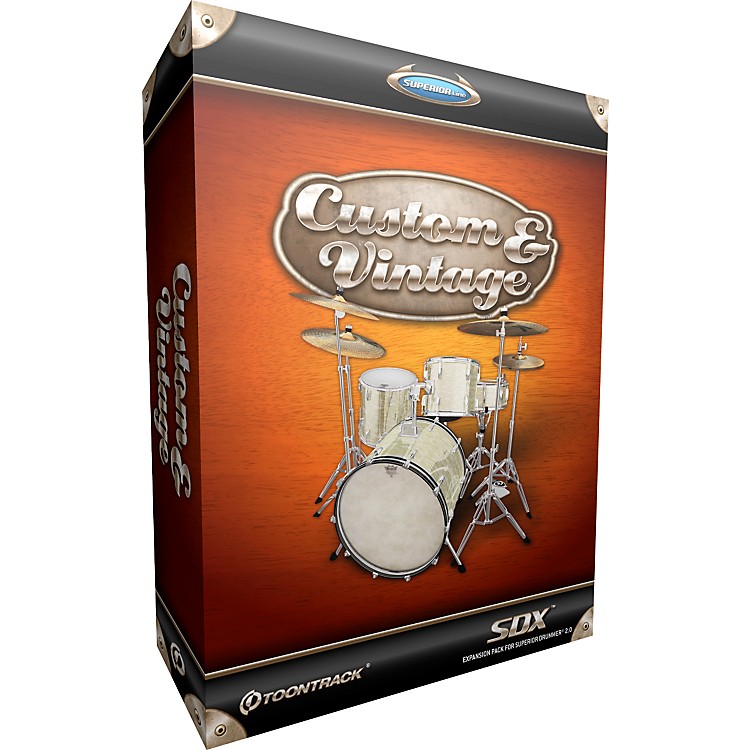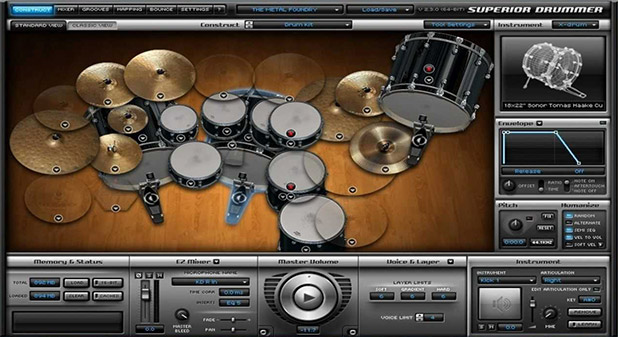
Remove any muddiness or boxiness in the low-mids, typically between 250 - 500 Hz Remove any low-end rumble using a high-pass filter, up to 100 Hz depending on the mixīoost the fundamental frequency of the snare, typically between 150 and 250 Hz (or cut if there’s too much) Remove any boxiness or excessive room tone in the midrange, typically between 250 Hz and 1 kHzīoost the 1 - 5 kHz range to bring out the snap and attack of the beater (if needed) Remove any mud in the low-mids, typically around 250 Hz Remove any low-end rumble using a high-pass filter, up to 50 Hz depending on the mixīoost the fundamental frequency of the kick, typically between 60 and 120 Hz (or cut if there’s too much) Of course, every drum mix is unique, but here are a few key frequencies I always pay special attention to for each drum. You may be tempted to add more of a certain frequency that’s already abundant in the overhead mics, and so on. Using the solo button to hear an instrument more clearly may seem like a good idea, but you won’t be getting the full picture. When EQing drums, it’s important that you always listen in context. Make note of any issues and tackle them as you work your way through the mix, starting with EQ. You can also check the Trinity Display at the bottom to see how the frequency balance, stereo width and punch of your track compares to your reference.

Then tweak the levels of each drum until you get the balance right. Toggle back and forth between your mix and the references and listen carefully to the balance between each element in the mix. Drag your reference mixes into the Wave Transport, engage the Level Match feature, and press play. REFERENCE makes it easy to quickly compare your track to your favorite mixes. That’s why I always use reference mixes to make sure I’m staying on track. Use the overhead and room mics to her create a space for the drums and make all of the close mics sound cohesive.Įven when you know what to listen for, it can be tricky to know when you’ve struck the right balance. The snare is typically the loudest element in the kit, followed by the kick and toms. Start by listening to the drum kit and making sure you can hear each element clearly.

The first step to getting a solid drum sound is finding the right balance-not just between each element of the kit, but between the drums and the other instruments as well. Keep reading to learn how to dial in the perfect drum sound with our step-by-step guide to mixing drums.

That’s why it’s so important to nail the drum sound from the start-otherwise, you'll spend hours mixing and remixing your track. And with multiple drums and cymbals that span the entire frequency spectrum, drum kits take up a huge part of the mix. As the primary rhythmic instrument, drums are the foundation of most songs. The drum kit is one of the most complex elements in modern music.


 0 kommentar(er)
0 kommentar(er)
